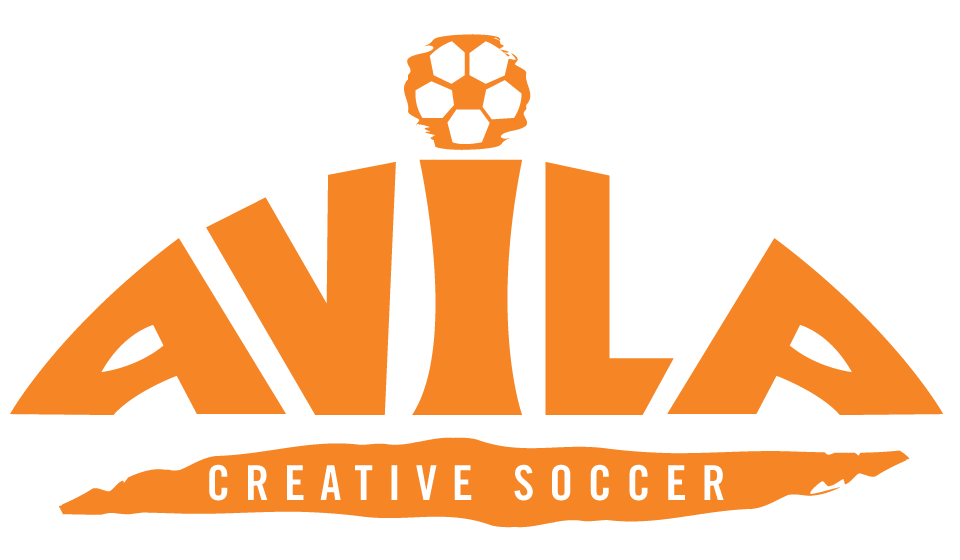Avila Soccer promotes Austin indoor soccer at its best!
It is time to examine organized youth sports as an institution to help safeguard the great work so many dedicated coaches are carrying out. There is increasing evidence that participation in youth sports as we know it today may come at a high price. Regrettably, we may be coaching the greatness out of our children. At a young age, many children are put in an environment where almost all decisions are made for them by referees, coaches, and parents. This has major ramifications that may be causing a sociological crisis in youth sport.
For example, the epidemic of anterior crucial ligament (ACL) injuries in female athletes has been blamed on several things; estrogen, which causes laxity in the tendons and ligaments (to help girls later during childbirth), severe hip-to-knee angles/ratios, and a host of other causes. Researchers are baffled, while coaches and trainers approach the task of injury-free training with a host of prevention techniques. That is because they are searching for what appears to be a developmental deficiency, when in fact ACL injuries may have a sociological genesis.

